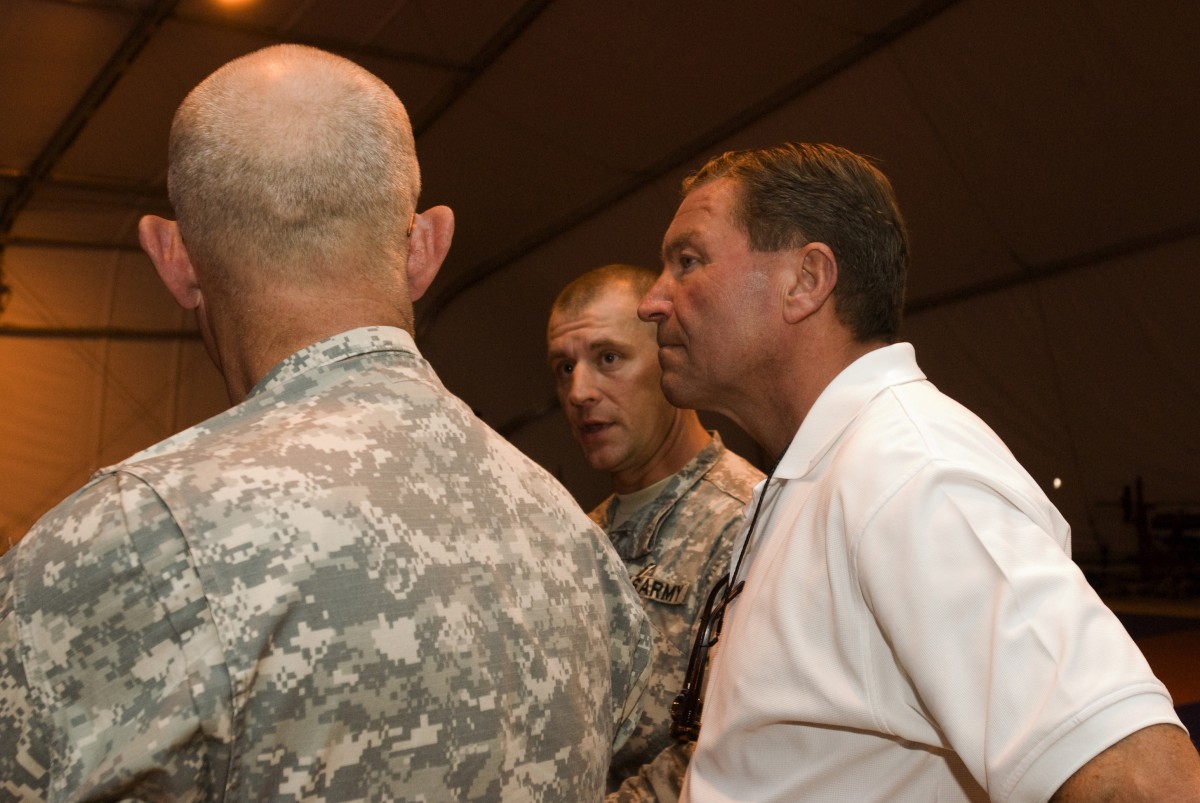
Parents can learn more about Kendamil infant formula at and visit the United States website at for updates and information on retail locations. Kendamil will export up to at least 2 million cans of Kendamil infant formula – the equivalent of at least 54 million 8-ounce bottles to the United States. The Food and Drug Administration (FDA) is exercising enforcement discretion so that Kendamil can import infant formula under the Kendamil brand. The Kendamil Organic and Classic formula, made available through Operation Fly Formula, will be distributed and available for purchase at select U.S. These Operation Fly Formula flights donated by Delta will contain more than 212,000 pounds or approximately 3.2 million 8-ounce bottle equivalents of Kendamil infant formula and will begin shipping on June 20.
#Manpower and reserve affairs free
Delta Air Lines will transport Kendamil formula free of charge from Heathrow Airport in London to Logan Airport in Boston and Detroit Metro Airport between June 20 and June 24. Today, President Biden is announcing that his Administration has arranged the sixth Operation Fly Formula flight. RAND's publications do not necessarily reflect the opinions of its research clients and sponsors.Delta Air Lines will carry more than 3.2 million 8-ounce bottle equivalents of Kendamil infant formula

For information on reprint and reuse permissions, please visit The RAND Corporation is a nonprofit institution that helps improve policy and decisionmaking through research and analysis. Permission is required from RAND to reproduce, or reuse in another form, any of its research documents for commercial purposes. Unauthorized posting of this publication online is prohibited linking directly to this product page is encouraged. This representation of RAND intellectual property is provided for noncommercial use only. This document and trademark(s) contained herein are protected by law. All RAND Perspectives undergo peer review to ensure high standards for quality and objectivity. RAND Perspectives present expert insights on timely policy issues. This publication is part of the RAND Corporation Perspective series.

The work presented here was conducted within the Manpower, Personnel and Training Program of RAND Project AIR FORCE. This Perspective attempts to (1) step back and take a long view, both historically and by statute, (2) summarize interview data collected from previous SAF/MR and AF/A1 office holders and experts, (3) examine other services' current structures and practices, (4) present preliminary analysis, and (5) offer recommendations on how the current already-collegial relationship might be further refined for added consistency and focus, leveraging the capabilities and efficiencies on both sides. This Perspective emerged from SAF/MR and AF/A1 interest in better understanding the historical dynamics between their organizations. The SAF/MR political appointees may or may not bring deep content expertise to the position, and the three-star head of AF/A1, in recent years, has tended to alternate between a rated senior leader and a career personnelist. At different times, both the SAF/MR and the AF/A1 have brought widely varying backgrounds and levels of expertise in personnel and human resources to the job. Much of this appears to be situationally driven by the expertise and personalities of the leaders of the two organizations, as well as the quantity and quality of the staffs that they lead. Over the years, the relationship between the Assistant Secretary of the Air Force, Manpower and Reserve Affairs (SAF/MR) and the Air Force Deputy Chief of Staff for Manpower, Personnel, and Services (AF/A1) has ebbed and flowed, and the division of work (including work content and work processes) between SAF/MR and AF/A1 has been fluid.


 0 kommentar(er)
0 kommentar(er)
